
Gardening, an age-old practice that bridges generations, cultures, and geographies, has seen a resurgence in popularity in recent years. With this renewed interest comes an abundance of advice, some of it good, some… not so much. In an era where the internet is teeming with quick tips and hacks, it’s crucial to weed out the “bad gardening advice” that can do more harm than good to your green space. Here, we debunk 9 common pieces of misguided counsel and steer you toward practices that will ensure your garden thrives.
1. More Water, Happier Plants
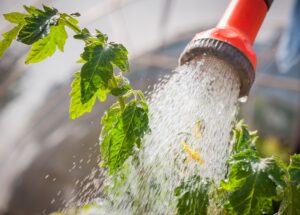
One of the most prevalent pieces of bad gardening advice is the belief that all plants need to be watered frequently. Overwatering can lead to root rot, fungal infections, and a myriad of other issues. It’s essential to understand the specific water needs of each plant and adjust your watering schedule accordingly, especially during different seasons.
2. The Miracle of Coffee Grounds
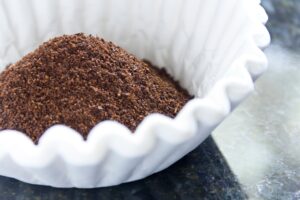
Coffee grounds are often touted as a magic solution for all plants. While they can be beneficial for some acidic-loving plants, using them indiscriminately can alter soil pH and affect plant growth negatively. It’s better to rely on a proper soil test and amend your soil based on its specific needs.
3. Bananas for Blooms
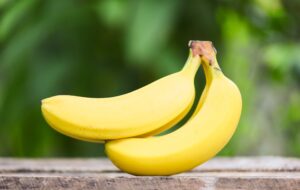
Another piece of bad gardening advice is burying banana peels at the base of flower plants for more blooms. While bananas do contain potassium, which is beneficial for plant growth, they won’t provide a quick fix for lackluster flowers. A balanced fertilizer tailored to your plant’s needs is a more reliable option.
4. Planting by the Moon

Gardening by the lunar cycle is an ancient practice with a romantic allure, steeped in folklore and tradition, but it lacks scientific backing. While the moon’s gravitational pull does influence tidal movements, there’s no concrete evidence to suggest it has a similar effect on plant growth. Therefore, it’s crucial to base planting decisions on tangible, proven factors such as climate conditions, soil readiness, and the specific requirements of each plant rather than adhering to the mystical phases of the moon.
5. Beer for a Lush Lawn

The myth that pouring beer on your lawn will create a lush, green carpet is a waste of good beer. While the sugars in beer might temporarily feed the soil microbes, they won’t provide the balanced nutrition your lawn needs. Stick to regular lawn care practices for the best results.
6. Epsom Salts for Everything
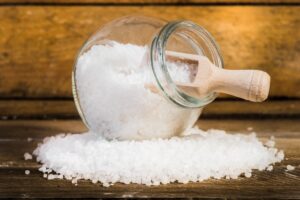
Epsom salts are often recommended for a wide range of garden issues, but their benefits are specific and not universally applicable. Generally, you only want to use it if your soil test indicates a magnesium or sulfur deficiency, not as a catch-all solution for a wide variety of issues, as it’s not the miracle cure some people claim.
7. Vinegar as a Weed Killer

Vinegar can kill weeds, but it’s a non-selective herbicide that can harm your desirable plants, too. Moreover, it doesn’t kill weed roots, making it a temporary solution at best. For a more effective approach, focus on cultivating healthy soil that supports the growth of your desired plants over weeds.
8. Tough Love for New Plants
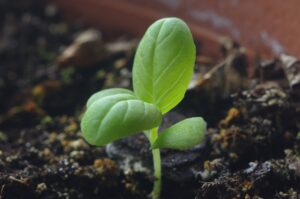
The belief that stressing new plants by limiting water and nutrients will make them “tougher” is misguided. Young plants need adequate care and a nurturing environment to establish themselves. Only once they are established should you consider reducing care to encourage deeper root growth.
9. Gravel in Pots for Better Drainage
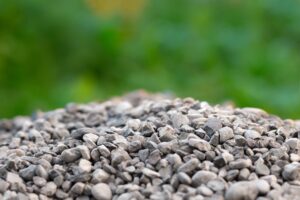
Adding a layer of gravel at the bottom of planting pots is a long-standing practice thought to improve drainage. However, this can create a water-saturated layer above the gravel where roots can rot. A better approach is to use a well-draining potting mix and ensure your pots have drainage holes.
Don’t Fall for Bad Gardening Advice
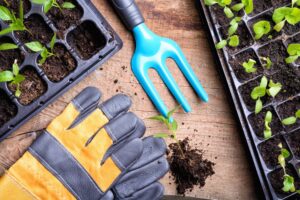
In the realm of gardening, where variables like climate, soil, and plant types play significant roles, it’s essential to approach advice critically. Bad gardening advice can not only set back your garden’s progress but also lead to unnecessary frustration and expense. By staying informed, experimenting cautiously, and observing what works best in your own garden, you can cultivate a thriving green space that brings joy and bounty. Remember, the most fruitful gardening practices are those grounded in understanding the unique needs of your garden ecosystem.
Read More:
The Poison Garden: 10 Plants You Should Never Put in Your Garden
12 Low-Maintenance Gardening Tips for The Busy Millennial
Catherine is a tech-savvy writer who has focused on the personal finance space for more than eight years. She has a Bachelor’s in Information Technology and enjoys showcasing how tech can simplify everyday personal finance tasks like budgeting, spending tracking, and planning for the future. Additionally, she’s explored the ins and outs of the world of side hustles and loves to share what she’s learned along the way. When she’s not working, you can find her relaxing at home in the Pacific Northwest with her two cats or enjoying a cup of coffee at her neighborhood cafe.
Leave a Reply